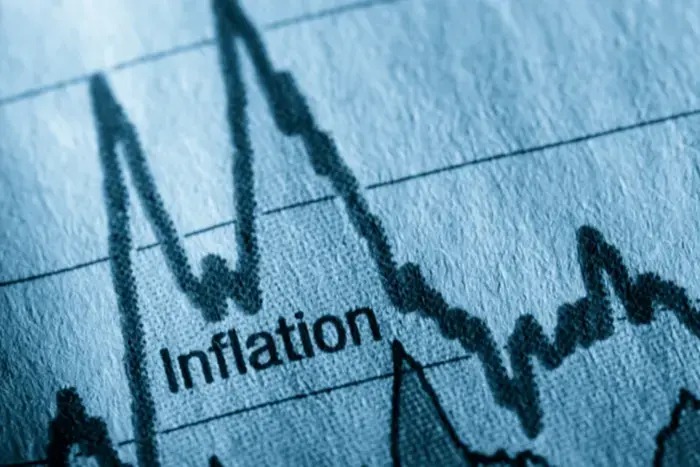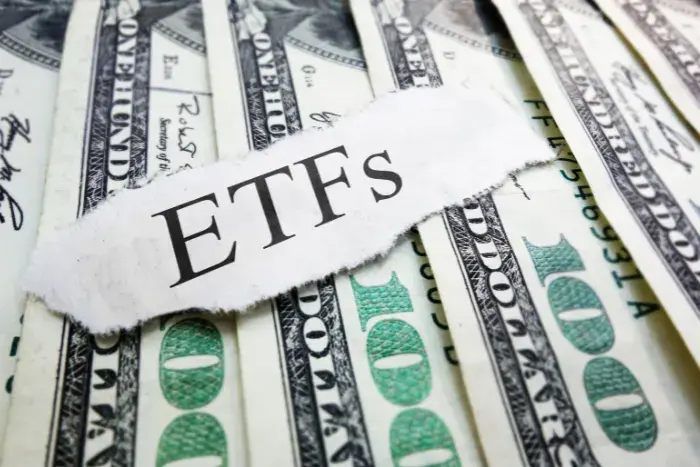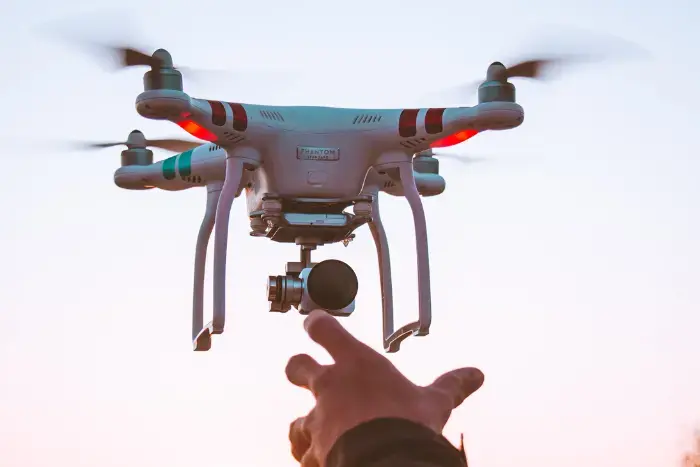Is a COVID-19 vaccine the only way forward?
 Get your Free Report on Top 5 ASX stocks for 2025
Get your Free Report on Top 5 ASX stocks for 2025
Australia had all along been one of the most successful nations in containing the coronavirus. Its decisions of border closures, quarantine programmes and snap lockdowns had seemed sufficient to keep overall infections low compared to those in many other nations.
But the arrival of the third wave of COVID-19 infections, centred on Sydney forced more than half the population of nearly 26 million into lockdown which could push the world's 13th-largest economy towards a slowdown.
There were reports of protesters defying coronavirus lockdowns on Saturday, as the country recorded its highest single-day caseload since the pandemic began. However, the general view was that anti-lockdown protesters could make lockdowns worse.
NSW Premier Gladys Berejiklian said that the Delta strain was like nothing Australia had seen before. And even in very strict and harsh lockdowns, the virus was spreading.
On the other hand, the discovery of a single local COVID-19 case in New Zealand was enough for the government to put the entire country into strict lockdown this past week. New Zealanders welcomed such measures as these had worked well in the past.
Australian Government was getting a more and more significant proportion of the population vaccinated and protected every single day against a backdrop that the majority of the cases in the hospital had not been either partially or fully vaccinated.
As per the update on 20 August 2021 from National Cabinet, more than 51 per cent of the Australian population aged 16 years and over have had the first dose of a COVID-19 vaccine.
According to Prime Minister Scott Morrison, Australia will stick to its lockdown strategy against the coronavirus until at least 70 per cent of its population is fully vaccinated. This was a key element of the federal government's strategy to rein in outbreaks with borders being re-opened gradually when the figure climbs to 80 per cent.

Latest Article






Checkout Our Recommendation for free - 7 days free trial
Start Free TrialDisclaimer
Veye Pty Ltd(ABN 58 623 120 865), holds (AFSL No. 523157 ). All information provided by Veye Pty Ltd through its website, reports, and newsletters is general financial product advice only and should not be considered a personal recommendation to buy or sell any asset or security. Before acting on the advice, you should consider whether it’s appropriate to you, in light of your objectives, financial situation, or needs. You should look at the Product Disclosure Statement or other offer document associated with the security or product before making a decision on acquiring the security or product. You can refer to our Terms & Conditions and Financial Services Guide for more information. Any recommendation contained herein may not be suitable for all investors as it does not take into account your personal financial needs or investment objectives. Although Veye takes the utmost care to ensure accuracy of the content and that the information is gathered and processed from reliable resources, we strongly recommend that you seek professional advice from your financial advisor or stockbroker before making any investment decision based on any of our recommendations. All the information we share represents our views on the date of publishing as stocks are subject to real time changes and therefore may change without notice. Please remember that investments can go up and down and past performance is not necessarily indicative of future returns. We request our readers not to interpret our reports as direct recommendations. To the extent permitted by law, Veye Pty Ltd excludes all liability for any loss or damage arising from the use of this website and any information published (including any indirect or consequential loss, any data loss, or data corruption) (as mentioned on the website www.veye.com.au), and confirms that the employees and/or associates of Veye Pty Ltd do not hold positions in any of the financial products covered on the website on the date of publishing this report. Veye Pty Ltd hereby limits its liability, to the extent permitted by law to the resupply of services.